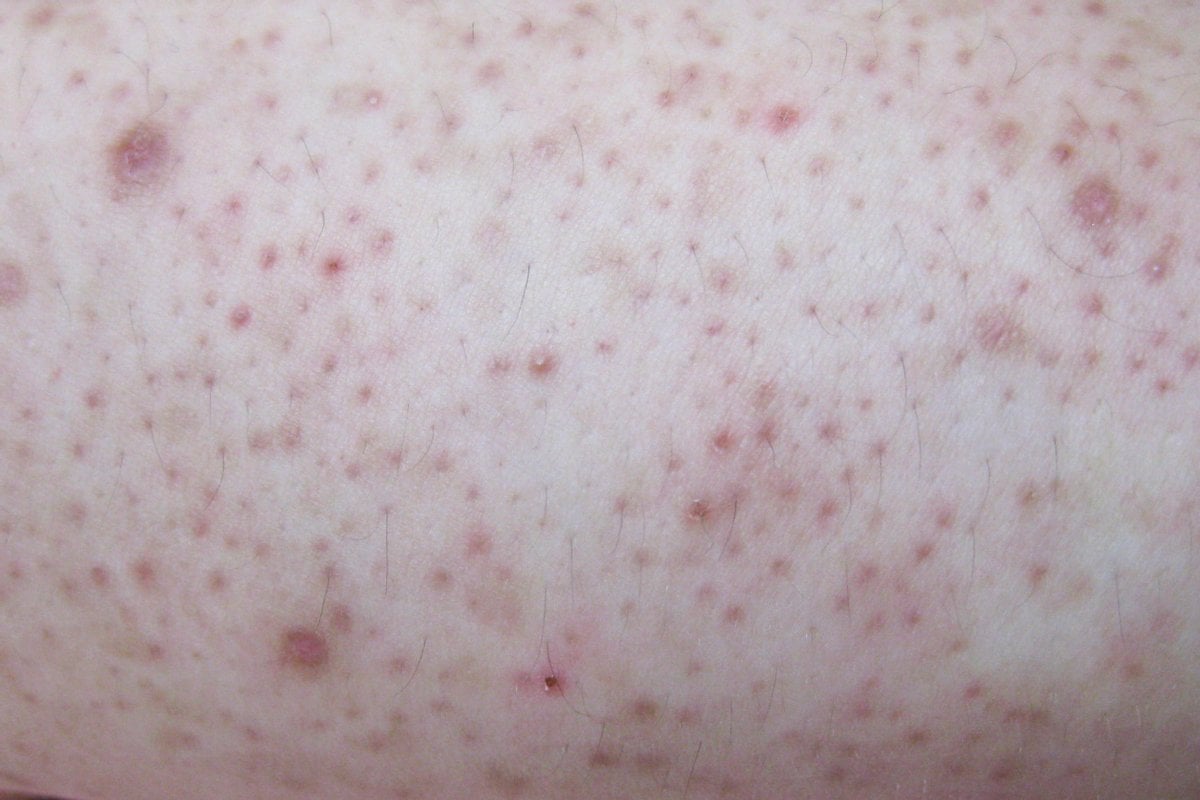
You know those little dots on your legs? The ones you don't know how to get rid of? They're called 'strawberry legs' - quite possibly the cutest name for a skin condition, ever.
But what exactly... is it? And why have you been blessed with it?
Watch: Here's three steps for glowing, healthy-looking skin. Post continues below.
Contrary to what you might believe, 'strawberry legs' is actually a super common thing, and for most people it ain't nothing to be concerned about. Like, even Beyoncé has it - sooo... we'll just leave this here:
— BEYONCÉ LEGION (@BeyLegion) April 28, 2021






























































































